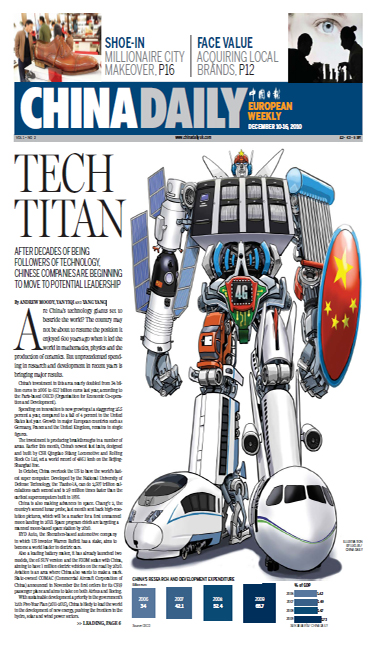Asia needs to spend more to cut disaster risk
Updated: 2010-11-25 17:32
(Agencies)
MANILA - The United Nations says Asian governments need to spend more in disaster risk reduction measures to meet Millennium Development Goals (MDGs) of cutting poverty and improving access to health and education by 2015.
In 2009, Asia accounted for about 40 percent of more than 330 natural disasters around the world but 89 percent of victims, the Centre for Research on the Epidemiology of Disasters said.
Margareta Wahlstrom, UN special representative on disaster risk reduction, said at a meeting of Asian parliamentarians in Manila that governments needed to allocate at least 1 percent of their budget towards disaster risk reduction projects.
"Disaster risk reduction will contribute to reducing poverty through ensuring that people's assets are not destroyed during disasters, particularly in countries were there is very low insurance coverage," Wahlstrom said, adding insurance coverage was insufficient in about 70 percent of countries.
"If we are going to achieve MDG targets for which governments have allocated some budget, perhaps we could consider increasing disaster risk reduction funds; otherwise you can't achieve these goals," she said.
Steps ranged from building safer, more disaster-resistant schools, hospitals and other infrastructure to enhancing public health skills to respond to emergency cases, she said.
Paper's Digest

Fit for fashion
Traditional dresses are becoming High-End favorites with price tags to match.
China is producing tech leaders
Coffee giants rush for prime plantations
Printing revolution
Specials

The naked truth about nude art
A growing number of Chinese people are now choosing to go nude for posterity, particularly young women and new brides.

Past Perfect
Management consultant delves into Chinese history and five-year plans to find clues to nation's future.

Dream walker
Norwegian Robert Loken knows that a journey of a thousand miles begins with a single step but in his case it was a sojourn of 6,000 kilometers.




